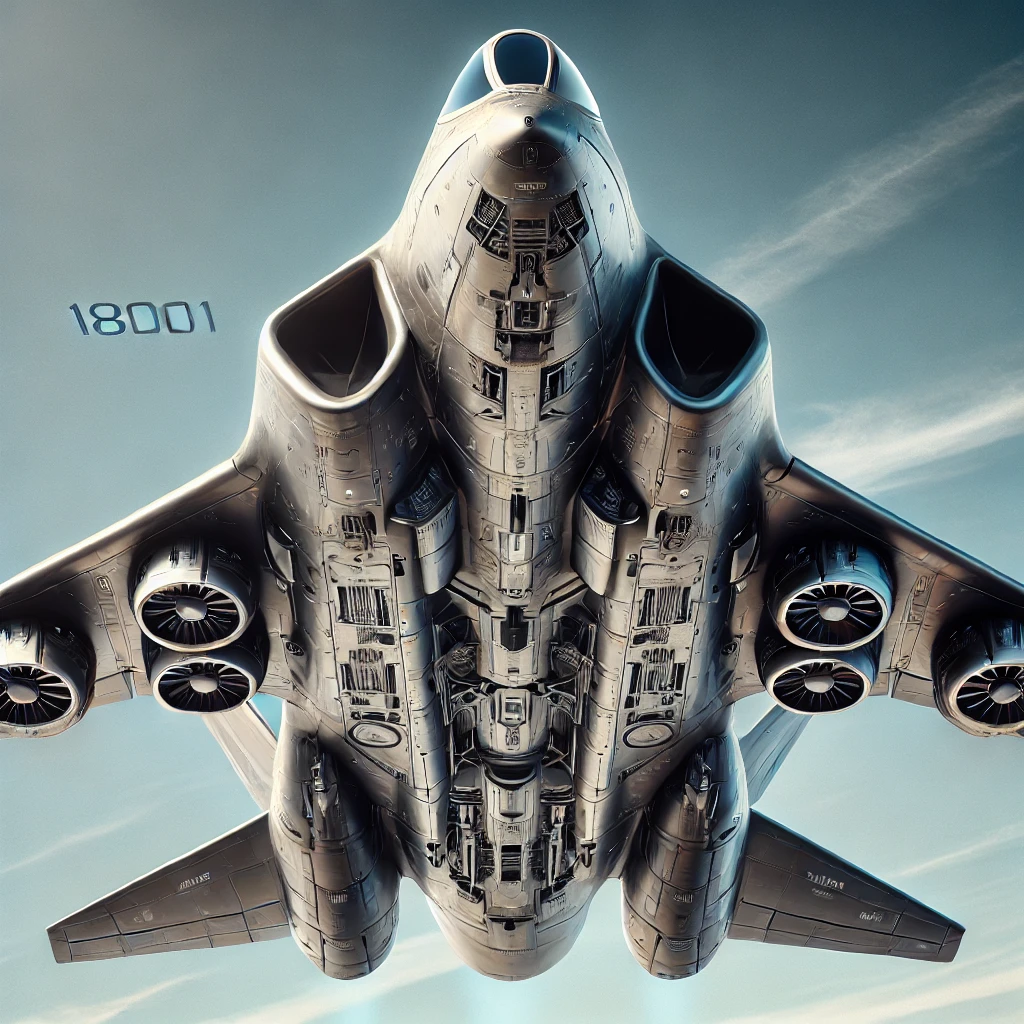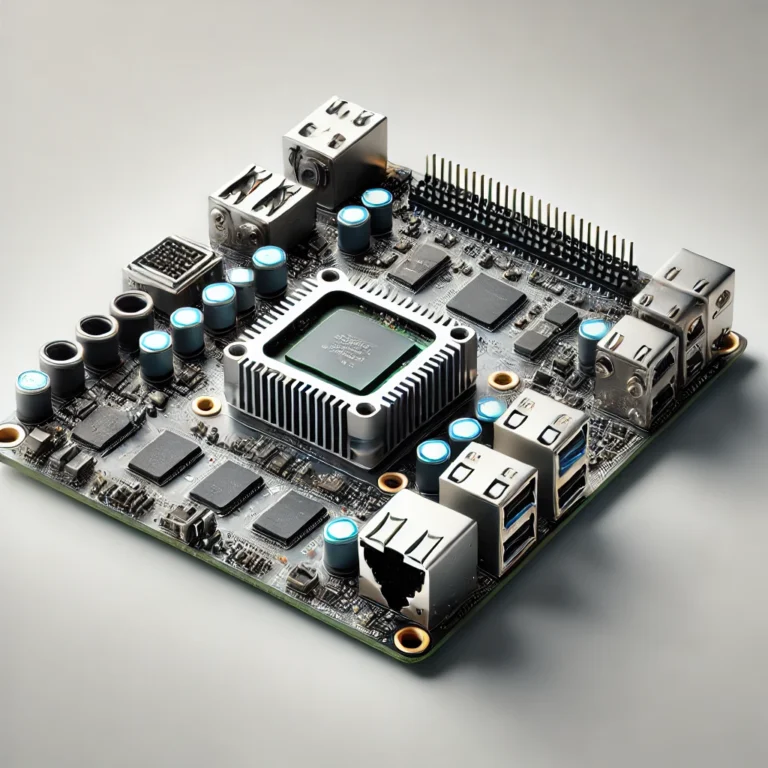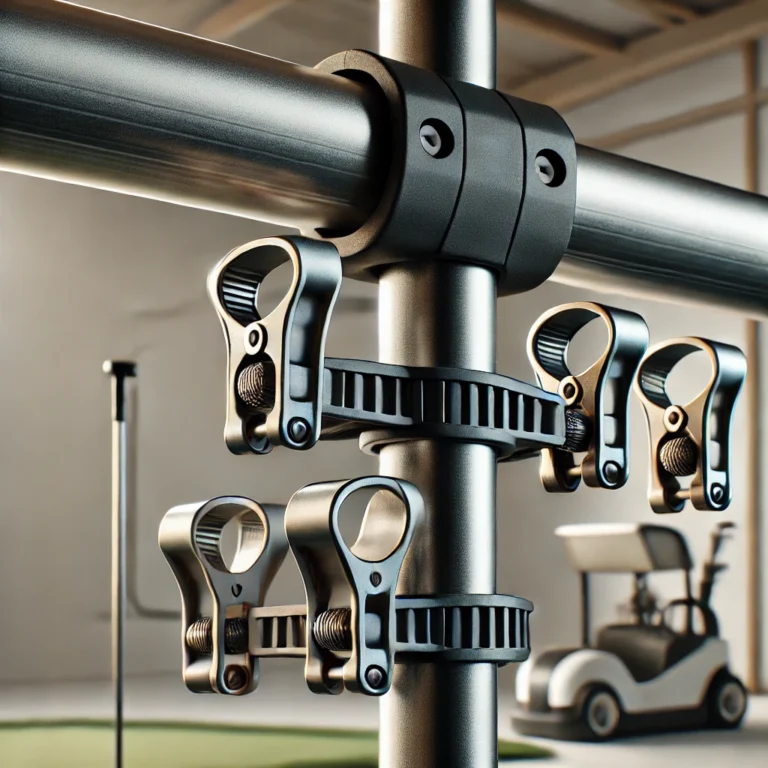
The field of aviation has been marked by significant advancements, with certain aircraft models becoming symbols of technological progress. The 18001 Vought stands out as a model that has left a lasting impact on both aviation enthusiasts and the engineering community. This article dives into the history, design, and impact of the Vought, examining how it has contributed to advancements in aviation engineering, and why its legacy continues to resonate within the aerospace industry.
Overview of Vought Aircraft Industries
The Origins and Rise of Vought Aircraft
Vought Aircraft Industries, established in the early 20th century, quickly rose to prominence by specializing in advanced aircraft for both military and civilian use. The company became known for its commitment to quality, innovation, and engineering precision, producing models that served multiple roles, from combat to transportation. Over time, Vought Aircraft expanded its capabilities, developing pioneering aircraft designs and engineering solutions that set new standards in the aviation industry.
The Importance of Innovation at Vought Aircraft
Vought Aircraft has long been recognized for its dedication to innovation, particularly in aerodynamics, materials engineering, and power systems. This focus on technological advancement allowed Vought to design aircraft that pushed the boundaries of speed, agility, and efficiency. As a result, models like the Vought have become symbols of engineering excellence, embodying the company’s mission to bring visionary designs to the world of aviation.
Introducing the 18001 Vought
What Makes the 18001 Vought Unique?
The 18001 Vought is more than just an aircraft; it is a model that has influenced both military and civilian aviation. Known for its durable construction, reliable performance, and innovative features, the Vought was designed to withstand high-stress conditions while delivering remarkable stability and agility in flight. This model became particularly popular for its balanced blend of strength and maneuverability, offering capabilities that were ahead of its time.
Key Features and Specifications of the 18001 Vought
The 18001 Vought was designed with a unique set of features that contributed to its widespread acclaim. Some of its notable specifications include:
- Advanced Aerodynamics: The model boasts a streamlined design optimized for reduced drag, allowing for improved fuel efficiency and range.
- Enhanced Structural Integrity: Built with high-strength materials, the Vought was engineered to withstand various flight stresses, making it suitable for both high-speed and low-speed operations.
- Powerful Engine: Equipped with a high-performance engine, the aircraft was capable of maintaining impressive speed and altitude, suitable for diverse operational needs.
Technological Impact of the 18001 Vought
Advancements in Aerodynamics and Engineering
One of the most significant contributions of the 18001 Vought is its influence on aerodynamic design. Engineers developed a highly streamlined structure that minimized drag while maximizing lift, setting new standards for aircraft efficiency. This design not only improved fuel efficiency but also enhanced overall performance, allowing the aircraft to achieve higher speeds with less power consumption.
Influence on Modern Aircraft Materials
The 18001 Vought played an instrumental role in advancing material engineering within the aerospace industry. By incorporating high-strength alloys, the model demonstrated the advantages of using lightweight yet durable materials. This approach influenced future designs, leading to the adoption of composite materials in modern aircraft, which are now essential for achieving the balance of strength and weight in today’s high-performance models.
Pioneering Avionics and Control Systems
The 18001 Vought was among the first to feature advanced avionics that provided pilots with precise control, enhancing safety and maneuverability. These innovations included improved navigation systems, flight stability features, and other control mechanisms that paved the way for modern avionics technology. The model’s avionics advancements not only improved pilot experience but also contributed to the overall safety and reliability of the aircraft.
The Legacy of the 18001 Vought in Aviation
Impact on Military and Civilian Aviation
The 18001 Vought served as a foundation for both military and civilian aviation advancements. Its durable and versatile design made it suitable for a range of applications, from defense missions to passenger transport. By proving the feasibility of combining high performance with structural integrity, the Vought became an archetype for multipurpose aircraft, inspiring future designs that aim to balance diverse operational requirements.
The Continued Influence of the 18001 Vought on Aircraft Engineering
The legacy of the 18001 Vought extends to modern aircraft engineering, where its design principles continue to be applied. Engineers today draw upon the insights gained from this model when developing aircraft that require a balance between speed, strength, and stability. The Vought’s impact is evident in various sectors, from commercial airliners to specialized military jets, highlighting its enduring influence on aviation technology.
Key Lessons from the 18001 Vought
The Importance of Balancing Innovation and Practicality
One of the most valuable lessons from the development of the 18001 Vought is the importance of balancing innovative design with practical application. While advanced features and materials were utilized in its construction, the design also emphasized reliability and ease of use. This balance between innovation and functionality is a principle that remains relevant for engineers as they strive to create aircraft that are both advanced and accessible.
The Role of Durability in Aircraft Design
The 18001 Vought’s focus on durability has had a lasting effect on aircraft design philosophy. The model demonstrated that creating aircraft with long-lasting materials and robust construction can lead to greater reliability and longevity, essential qualities for both military and civilian aircraft. This lesson continues to guide engineers as they develop aircraft that can withstand the challenges of modern aviation.
How the 18001 Vought Continues to Inspire Innovation
Modern Applications of Vought’s Design Principles
Today, the design principles behind the 18001 Vought continue to inspire innovation in aviation. From the use of high-strength alloys in aircraft construction to the development of streamlined aerodynamics, engineers draw upon the 18001 Vought’s legacy to meet the demands of contemporary aviation. This model’s emphasis on efficiency, strength, and control remains a guiding force as new aircraft are developed for both commercial and defense purposes.
The Future of Aviation: Building on the 18001 Vought’s Legacy
The future of aviation looks promising, with advancements in materials, avionics, and design making air travel safer and more efficient. The 18001 Vought has laid a strong foundation for this progress, proving that careful engineering and a commitment to innovation can produce aircraft that leave a lasting impact. As the aerospace industry continues to evolve, the legacy of the 18001 Vought will serve as a reminder of the importance of pioneering spirit and engineering excellence in shaping the future of flight.
Conclusion
The 18001 Vought is more than just an aircraft; it is a symbol of innovation and a milestone in aviation history. Through its advanced aerodynamics, durable materials, and cutting-edge avionics, the 18001 Vought has left a profound impact on the aviation industry. By studying its design and legacy, modern engineers can continue to build upon its principles, creating the next generation of aircraft that push the boundaries of what’s possible in aviation.
As the aerospace field advances, the lessons learned from the 18001 Vought will continue to inspire innovation, encouraging future generations to pursue excellence in engineering. Whether in the context of military or civilian aviation, the 18001 Vought’s legacy endures, reminding us of the importance of visionary thinking and the pursuit of technological progress.




